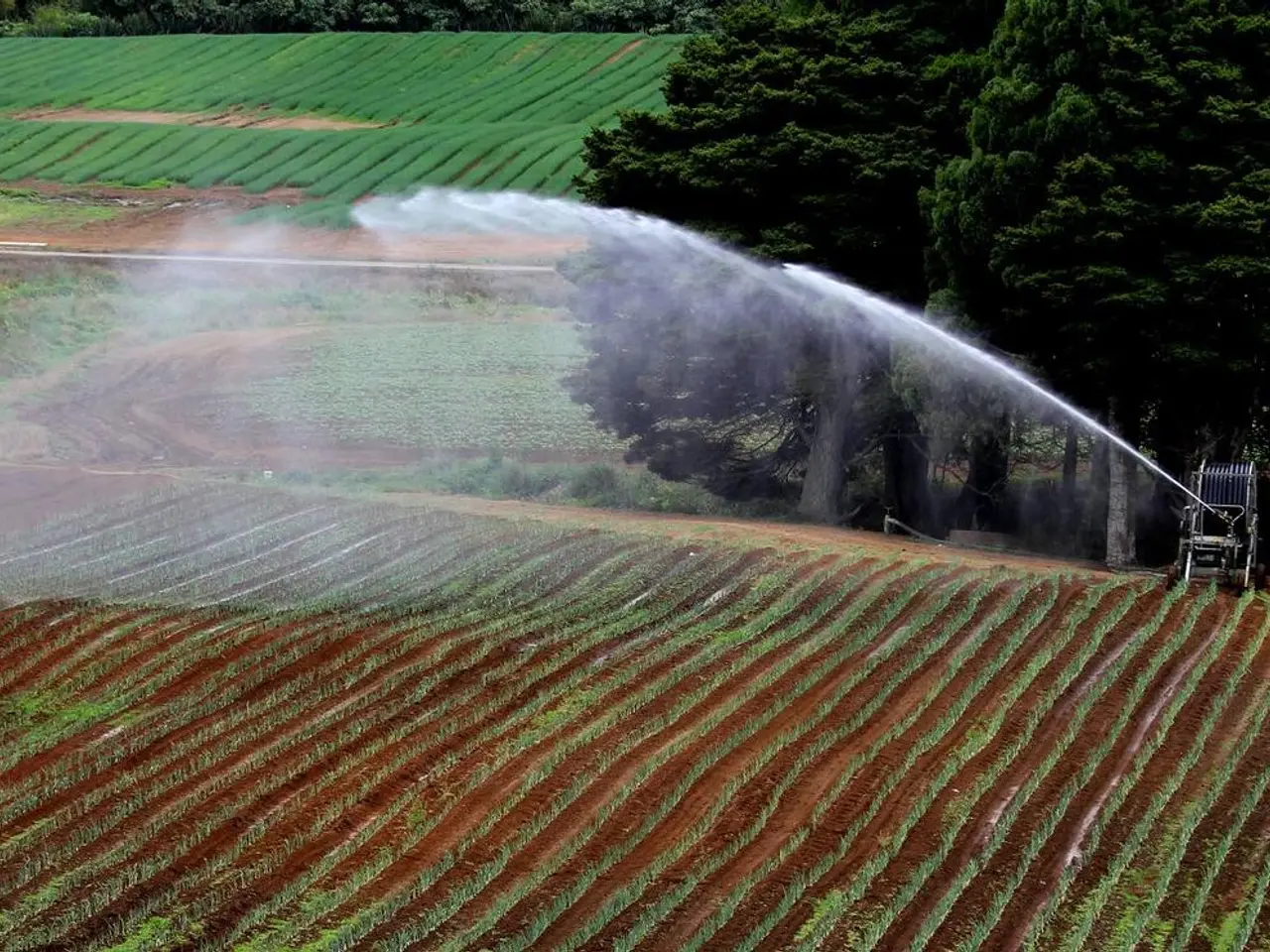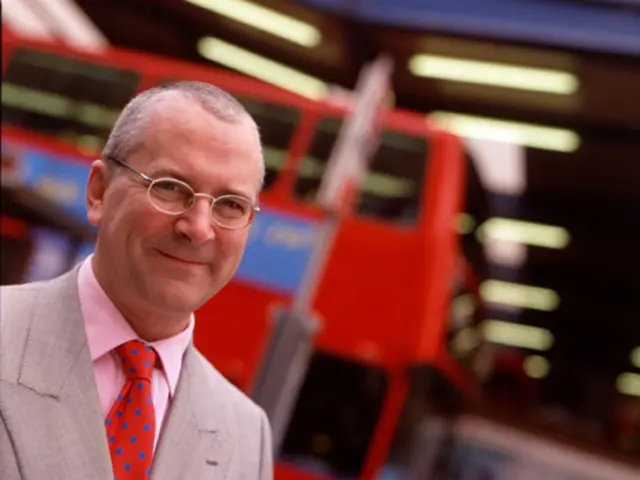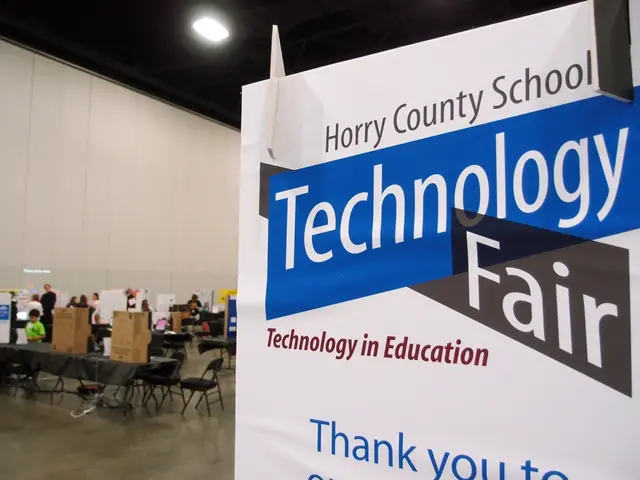Solar energy production in Upper Swabia's farmlands encounters policy-related restraints, hindering progress.
The European Union (EU) has imposed a roadblock on the implementation of the Solar Package I, a policy that offers subsidies for Agri-PV installations. These unique installations, which enable farmers to generate food and solar power simultaneously, present a potential solution for sustainable energy production. However, the future of Agri-PV installations in Germany is currently shrouded in uncertainty.
Several German federal states have yet to enable subsidies for agri-photovoltaic (Agri-PV) installations due to the pending approval of the aid for the solar package at the federal level. As a result, no state-specific subventions have been fully unlocked, leaving a gap in the financial and legal framework needed for these projects.
The EU Commission expresses concerns about the potential distortion of free competition within the EU due to the subsidies in the Solar Package I. A solution to these concerns is not yet in sight, creating additional challenges for companies like Solmotion, a Ravensburg-based company facing difficulties in building two large Agri-PV installations.
The lack of subsidies continues to be a major problem for farmers who want to implement Agri-PV projects. Out of the 140 interested farmers who attended a Solmotion information evening, only a few remain who want to proceed with their projects. The construction process for Agri-PV installations takes four years from the decision to build until the first kilowatt-hour is fed into the grid, making the wait for subsidies particularly frustrating.
Grid connection points are often unavailable for Agri-PV installations, causing delays. Moreover, land use and building regulations of municipalities pose significant obstacles for construction, with changes taking up to one and a half years, and the best-case scenario being three to six months. The current bureaucratic requirements for constructing Agri-PV installations remain high, according to farmers and manufacturers like Solmotion.
The state government has simplified approval procedures for renewable energies but is not responsible for the subsidies. Despite this, the state government has not yet approved the Solar Package I, which the traffic light government passed in May last year. The state government rejects criticism about its role in providing subsidies for Agri-PV installations.
The promised support from politics for Agri-PV installations has not yet materialized, as stated by Solmotion's managing director, Michael Keil. Grid operators have longer processing times than expected, with Solmotion reporting waits of up to nine months and even twelve months. The state ministry of agriculture and Keil see the dispute between the federal government and the EU as the current main obstacle for interested farmers.
The planned installations in Waldburg, with a total capacity of 18 megawatts, could be the largest Agri-PV installation in Southern Germany. However, without timely subsidies and the resolution of bureaucratic hurdles, the realization of these projects remains uncertain. The future of Agri-PV installations in Germany hangs in the balance, as the industry waits for the EU and the German government to find a solution that supports sustainable energy production while maintaining fair competition.
Read also:
- Catastrophe at a U.S. Steel facility in Pennsylvania results in the loss of two lives. crucial details unveiled
- Auto Industry Updates: Geotab, C2A, Deloitte, NOVOSENSE, Soracom, and Panasonic in Focus
- Impact of COVID-19 on Poland's Ability to Achieve its 2020 Renewable Energy Target
- Sustainability Focuses on Preserving Nature, Financial Stability, and Social Equality








